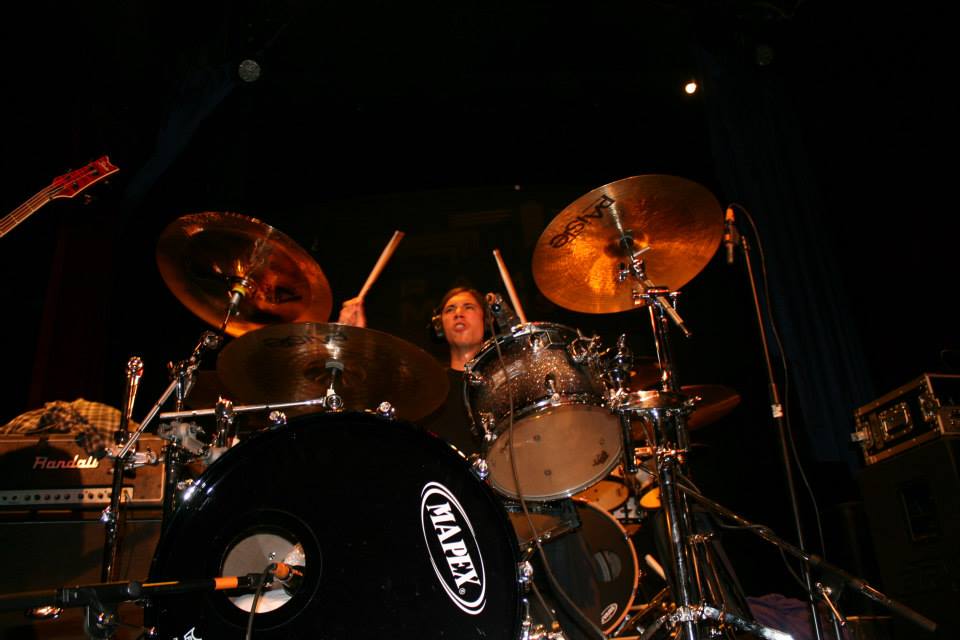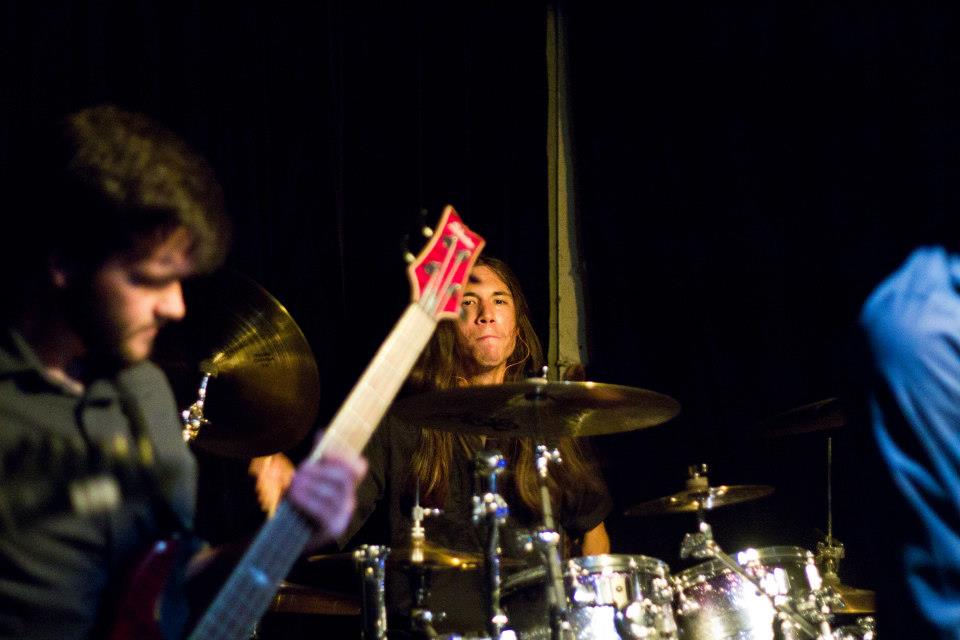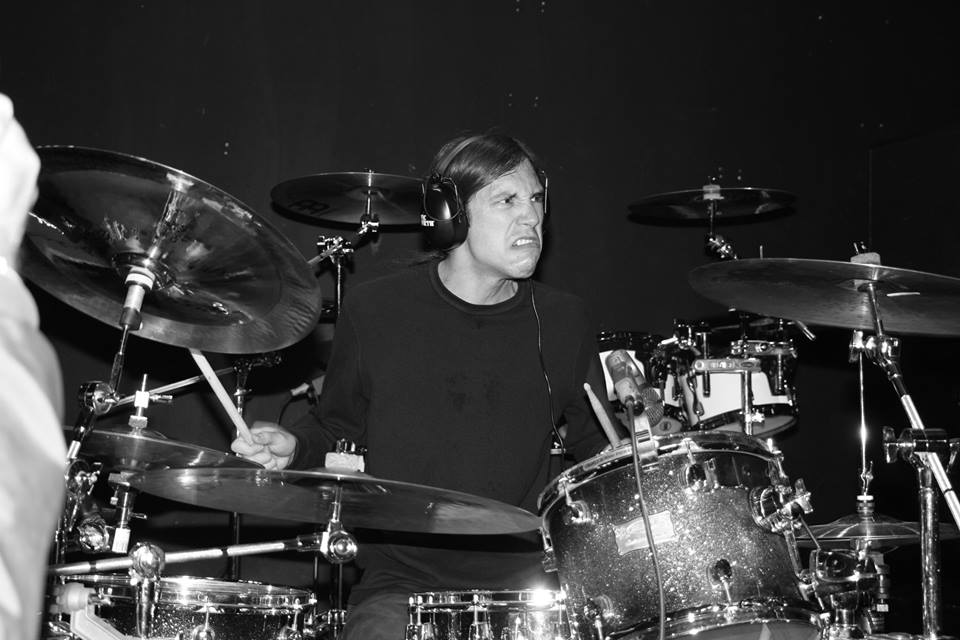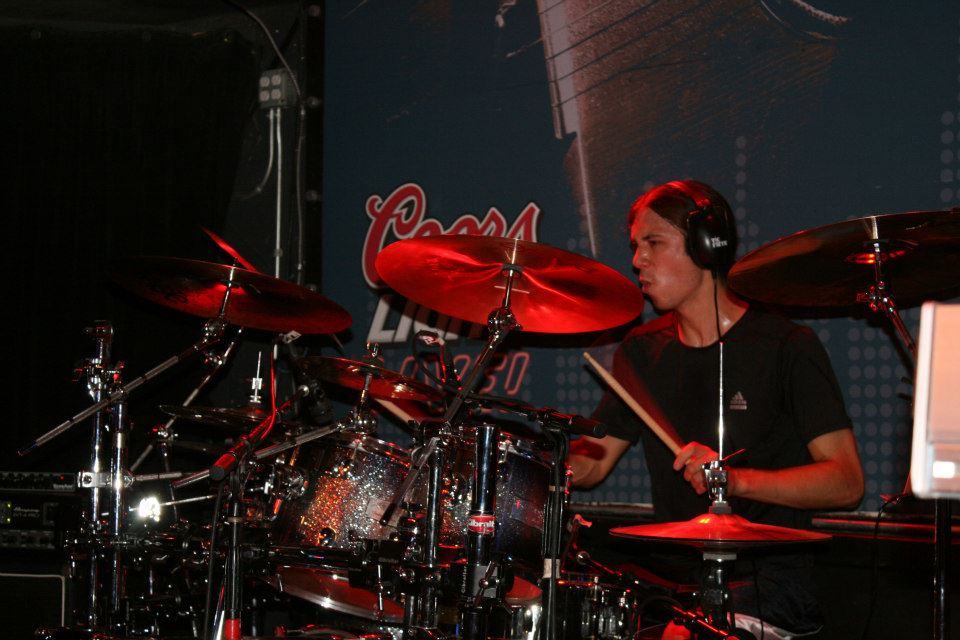I’ve been playing drums for half my life. That’s a long time for me to be doing anything that isn’t breathing, eating, or sleeping. Clearly, drumming must offer me something I can’t live without. Or, at least, something that matters a lot to me.
And it does. Because drumming gives me the truest taste of power I am likely to ever know. That might seem like a strange sentiment, but it’s true. Through these cylinders of wood and metal, I am able to harness raw, unbridled energy, and project it through layers of rolling, thunderous sound waves.
But the power of drumming to me comes from more than just the sounds the drums emit. From choosing which notes to play in a given song to performing live, every part of the drumming process makes me feel a sense of power I can’t get anywhere else.

The True Meaning of Power
To me, “power” is made up of two things: physical control and emotional impact. The first of these, control, is easy to explain: playing drums requires a steady, accurate sense of rhythm. Yes, even balls-out metal drummers like me need to be in control of their playing. And a drummer that isn’t in control of his or her playing is a detriment to the band and the music itself. The second of these, emotional impact, means the positive response I receive from playing drums. It’s a bit hard to describe, whether that’s from the physical exertion of playing or the mental satisfaction of doing something I love. It’s kind of a mix of both. The drumming gets my blood flowing and loosens up my limbs, not unlike running does (although running takes A LOT more out of me). But the act of applying a long-time skill and seeing all the hours and hours of practice pay off in execution — that feels really good too. Both of these come into play when playing drums, and together they make up the feeling I associate with the word “power.”
This pursuit of always striving to be more in control and to return to that feeling of positive emotional response is what has kept me playing all these years, even in the days when I was not in any active bands.
Starting with the Basics
At its most basic level, drumming is all about patterns. You play a pattern with your hands or feet, which operate the sticks or pedals that in turn hit the drums. Each “hit” is called a stroke. Playing these patterns requires learning the exact sequence of strokes and then practicing them until the patterns can be played with relative ease. Patterns can be played many different ways using many different hand and feet motions, which are called techniques.
There is nothing so empowering to me as gaining mastery over a particular technique or pattern. Learning a new technique usually takes me months, and although it can be hard to feel empowered when I have to spend the majority of my practice time sucking so bad, the payoff is worth it.
This “sucking at a new technique” stage is an important part of improving a skill — any skill, really, not just drumming. But starting out a technique slowly and working out my weaknesses is always the right choice. I learned that this approach lacks the instant rush of power of just force-playing a new technique to be as fast and loud as possible, but builds up the strength to sustain the technique for a longer, more comfortable period of time.
For example, the last difficult technique I learned was a type of drum beat called a blast beat. This is a pattern of alternating right and left hand strokes on the hands and feet, which, when played right, creates a furious wall of sound. It seems simple in writing, but for the blast beat it’s all about context. Blast beats, or “blasting,” is usually played in metal music at very high tempos. Because it’s played so fast, blasting requires a good deal of precision; it isn’t a beat you can play sloppily and get away with.
Learning to blast took over a year of constant, almost-daily practice. And even once I reached a decent speed (around 180 BPM), I was only passable. Like most techniques, I had to start at agonizingly slow tempos to ensure each stroke was even and relaxed. Strain is a killer in drumming; I’d learned the hard way that playing beyond my abilities often resulted in poor technique later on, which would be an even bigger pain to fix.
But the payoff was immense. Blasting is now a style of drumming that fills me with an incredible sense of power, especially when used sparingly in a song passage. Although my sweet spot for blasting these days is somewhere around 165 BPM, it still feels really good. Playing slow all those months really helped.

Writing on the Wind
My approach to writing drum parts is much like the playing itself — my goal is to maximize the output of power, and by extension, my enjoyment.
For me, writing drum parts are generally seventy-five percent reflexive, twenty-five percent thought-out. When I hear a new part of a song, I’ll instantly have an idea of what beat should go over it. It isn’t always what I end up playing when the song is finished, but seventy-five percent of the time it sticks. The other twenty-five percent is rethinking the beat to fit the song better, or coming up with flavor or transitions. Whatever I end up writing, I’m always looking to convey one thing — you guessed it: power.
Not every part needs to be played as bombastic as possible. That would tire me out; I don’t have the endurance to hold that kind of playing for long. So to make up for that, the parts I want to write need to have presence. Think of presence as choosing the right notes to play in a given part, like the reason why I’d put this kick drum over that chord. The notes I choose can accent the riff that plays over it, creating a kind of doubling up effect. Or they might not! Sometimes I choose to play fewer notes than expected to let the riff shine through. It depends on the song and how much power I want to convey.
So although I don’t always write drum parts with jaw-dropping technicality, they must be powerful and appropriate.
Live Free and Play Hard
Learning techniques and writing drums all lead to one thing: the playing itself. And in no setting is my playing challenged more than in a live performance. I’ve had the pleasure of playing in several dedicated bands over the years, and each has offered me an opportunity to push my skills to their limit and provide me with an outlet to feel powerful.
The feel of playing live is much different than the feeling of playing at home. Things feel looser and less rigid — and they should! You never know what might happen (re: go wrong) at a live show, so drummers have to be flexible. I’m guilty of getting “power hungry,” and letting the adrenaline and excitement overtake my sense of timing. In one band I used to play so fast, our set would finish before our allotted time! This was a great way to convince the venue to let us play an encore, but that lack of control (one of the key elements of power, you’ll recall) greatly annoyed me. I’ve since begun playing live with a metronome to make sure I keep on time and optimize my power output.
Playing live offers a different kind of power than the power I feel from mastering a technique. It’s more instantaneous, more visceral; there’s no enduring months of frustration. For example, the sound my kick drum makes when it’s micced up is among my favorite sounds in the world. I don’t always get to hear what it sounds like, since some venues don’t have monitors set up. But when I can hear it, it sounds powerful. The thud as the beater strikes the drum head seems to shake the room; there’s a feeling of anticipation when I play a steady rhythm as the sound guy adjusts the levels, like war drums before a big battle.
If I’ve been practicing and know the songs really well, I’m almost on autopilot. The drums feel more responsive, and little mistakes that would be unforgivable under the scrutiny of home are absolved. My double kick pedals seem to fly. Feeling this in control feels like cheating, but it’s an opportunity to let loose a little. Headbang, fist pump, make faces at the crowd — give them a good show. I’ve been told I’m an exceptionally energetic drummer, and I try to make good on that claim at every gig I can. Because what I put out I get back tenfold. If an audience is receptive to the music, which believe me isn’t always, the energy in the room seems to amplify. It’s a high for some — a rush, a give and take of power, and to be part of that is a singular experience. Nailing that tough drum passage I spent months working on feels great, but it feels even better to see someone in the crowd notice it. Seems a little attention-seeking, but on that stage, a little attention goes a long way.

Power and Priorities
At first, power is something I didn’t realize I sought out in any form. It sounds almost villainous, the kind of thing I’d let get to my head. After all, I play video games to feel empowered too. But the power of drumming has a physicality to it that no virtual platform can replicate.
Maybe that’s just because I’m absolutely atrocious at Rock Band. What I do know is the sense of control and gratification I get from drumming is why I’ve been doing it for so long. The days of wanting to “make it” in the music business are behind me, and that’s okay. The things I get out of all the aspects of my hobby are more than enough.
It’s hard sometimes to make time for drumming, but it always feels worth it. The only aspirations I have drumming-wise are to improve my skills and continue doing the thing I love. And I have the feeling that I’ll be doing that for the rest of my life.








